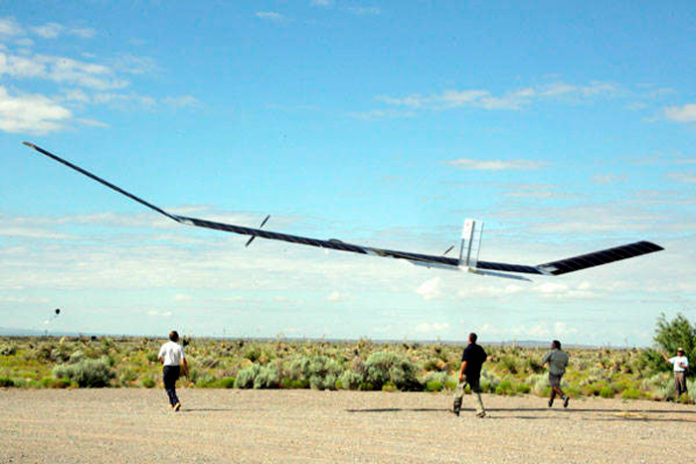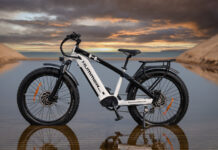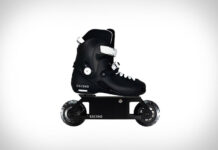Airbus has conducted yet another successful test of the Zephyr S, a solar-powered unmanned aerial vehicle capable of autonomous flight for a long time. One of the UAV Zephyr Airbus system’s missions is to broadcast the Internet to hard-to-reach areas of the Earth, making Airbus’s Zephyr program a direct competitor to SpaceX’s Starlink system.
The carried out tests allowed Airbus to set several records for unmanned systems. In particular, during two flights of 18 days, the Airbus Zephyr S stratospheric drone set a new altitude record in its class, reaching 76,100 feet (23,915 m) in the skies over Arizona. In total, Zephyr S spent 887 hours in the sky during two flights, which made it possible to bring the total time spent in the stratosphere to 2,435 hours.
Zephyr S weighs just 75 kg and has a wingspan of about 28 meters. Amprius lithium-ion batteries with a total mass of 24 kg are recharged by flexible solar panels made of gallium arsenide (a chemical compound of gallium and arsenic) mounted on the wings.
At a press conference held after the tests, Airbus representatives announced that, according to the results of internal testing, the Zephyr S system can spend up to 3 months in the sky, and in the future it is planned to increase the autonomous flight time to 6 months. The company notes that in addition to broadcasting the Internet to remote areas, the Zephyr system can be used for area reconnaissance, monitoring during natural disasters, during fires and floods.







